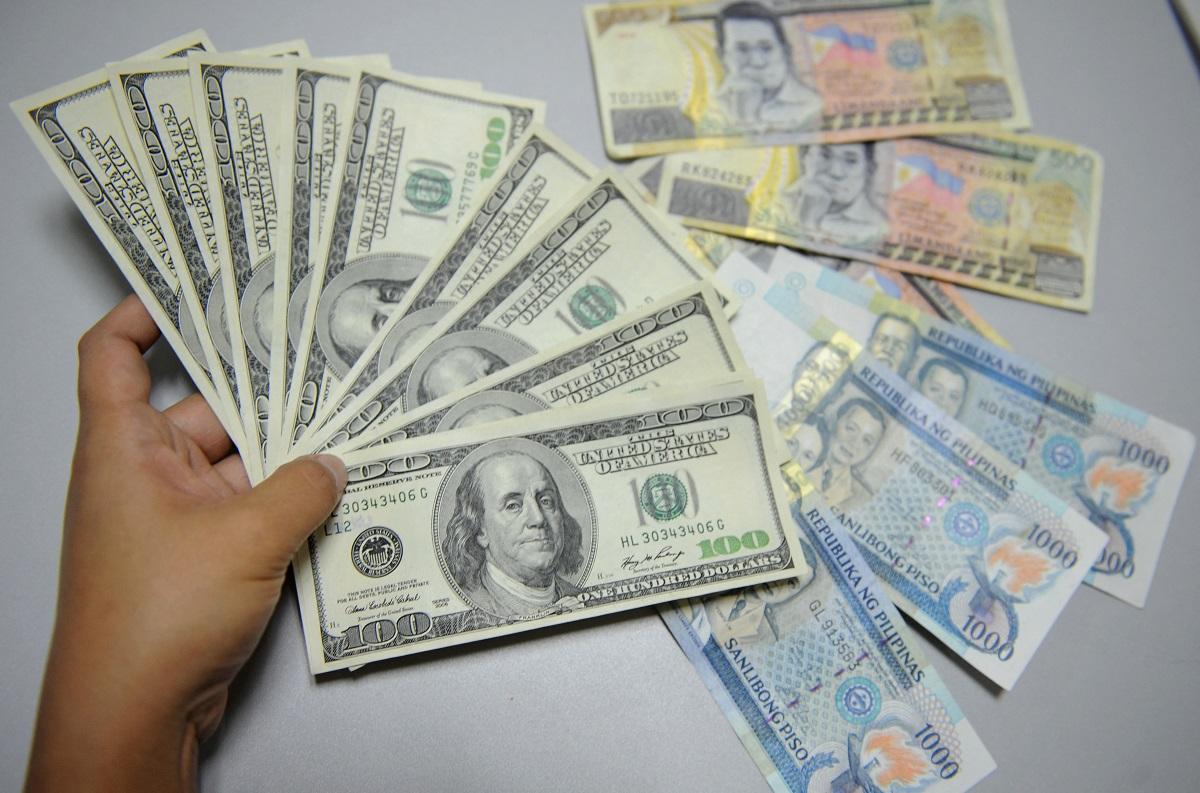Peso slips vs US dollar for fifth straight trading day

The Philippine peso weakened against its US counterpart for fifth consecutive trading day on Wednesday, marking its worst showing in nearly 17 months
The local currency lost 18 centavos to close at P57.18:$1 from Tuesday’s finish of P57:$1. This is the worst since the peso closed at P57.375:$1 on November 22, 2022.
BSP Governor Eli Remolona Jr. earlier on Wednesday said the market was reacting to a speech of Federal Reserve chair Jerome Powell, who signaled that there may be a delay in policy rate cuts, as inflation in the United States has been sticky.
“I think it’s adjusting to Powell’s speech that maybe they won’t ease until September or September is kinda how people interpret what Powell said, so there’s a postponement of when the FOMC (Federal Open Market Committee) will ease, so that has meant the weakening of other currencies,” he told reporters in Manila.
“So it’s not the case of a weak peso, it’s the case of a strong dollar. Unless the movements are very sharp, we tend to allow the adjustment to happen,” he added.
Mirrored by economists
This was mirrored by economists, who said that the peso was impacted by Powell’s latest remarks.
“USD strengthened, while Gov. Remolona was correct in pointing out that it isn’t inherently a weakness in the PHP but rather strength in the USD,” Security Bank Corp. chief economist Robert Dan Roces said.
Meanwhile, Rizal Commercial Banking Corp. chief economist Michael Ricafort also cited the increase of US Treasury yields to 10-year highs, making the US dollar more attractive.
He also cited the offsetting factors such as the downward correction of global crude oil prices, and the upward correction of the local stock barometer.
The bellwether PSEi gained 45.07 points or 0.70% to close at 6,450.04, while the broader All Shares index grew by 20.17 points or 0.59% to 3,430.02.
More than 595.372 million shares, valued at P5.894 billion, changed hands. Advancers trumped decliners, 98 to 85, while 53 issues were unchanged.
A weak peso against the US dollar would impact consumer prices, as commodities imported into the Philippines such as petroleum are being bought through dollars, which in turn could impact local pump prices and affect inflation.
This would mean more purchasing power for recipients of remittances from the United States, but economists believe this would only be temporary as inflation could easily wipe out such benefits. — RSJ, GMA Integrated News



